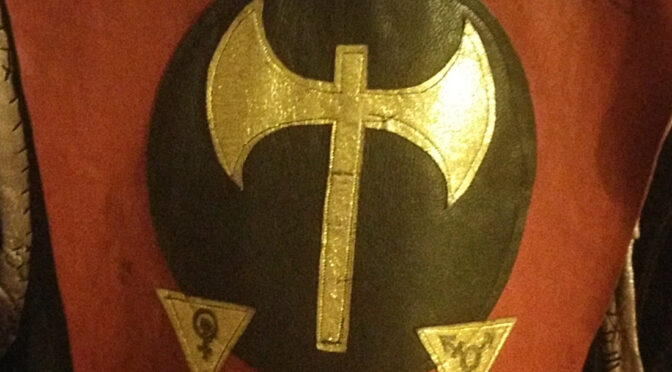i’ve been talking about this for many years now (here, here, here, and even here – rejection emails not included).
but here we go again:
the main structuring fact of so-called trans healthcare is that the exact doctors who trans liberals hold up as “the best” (cohen-kettenis, for instance) have decades-long collaborative relationships with the exact doctors who trans liberals hold up as “the worst” (zucker, for instance). those two, for example, regularly co-author academic and clinical papers, textbook chapters, and such, and have for as long as they’ve been working in the field.
and what these supposedly “good” doctors’ practice (always remember: practice is purpose), especially when it comes to young people, is the same old gatekeeping with shiny liberal rhetoric. wanna get a trans clinic to question whether you should be there? all you need to do is let them find out you’re wearing a kind of underwear that’s marketed to your originally assigned gender group! (this recent example taken from one of the “best” clinics in the u.s.)
Continue reading you can’t support both trans liberation and medical ‘expertise’

